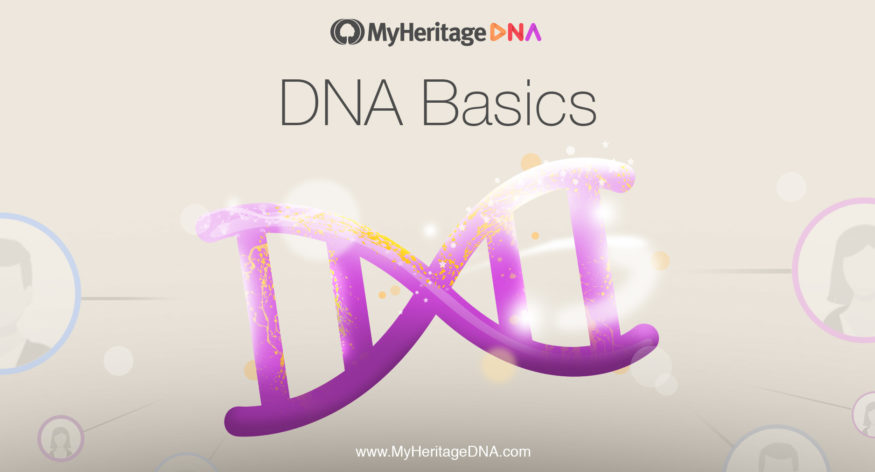Hi Helen,
Check out myth #3 in .
Hope that helps!
Yael/The MyHeritage team

my daughter is hetero for brown/blue eyes, but her eyes are not pure brown. she had blue eyes for a long time. they ended up changing to a blue-green, then settled into a hazel brown/green color. her eye color changes depending on the lighting and color of her clothing.
Good article! It provides such interesting information.
How far back in time does my dna take me in years. 100s or 1000s?
I’ve got different coloured eyes – one brown one blue. Explanation?
How fascinating. I have just learned why my husband and I produced all brown eyed children even though he has brown eyes and I have blue eyes. Our older grandchildren have brown eyes as their parents are brown eyed and2 of the younger ones have blue.
Thank you
So what happens with hazel eye color? I have green hazel eyes and my wife has blue hazel eyes. It appears that hazel would be the dominant allele as my mother had blue eyes and father had green hazel eyes. Both of my wife’s parents had blue eyes but her uncle who is a fraternal twin to her mother had brown hazel eyes. This would be a good question to research.
I would like to know where hazel eyes come into it. Brown & blue don’t make hazel? Loved the article.
My husband has light brown eyes and I have hazel eyes, our daughter has blue eyes. My husband is half Native American and our daughter is quarter. Did she get her blue eyes from a grandparent?
How can you get green eyes from one parent with blue eyes and the other parent has brown eyes???
My father had blue eyes and my mum has hazel eyes but I have green with a dark blue ring on the outside as do all my children my father was AB positive and my mums roh negative but my father has a Jewish father my mums father was Irish with black hair but I have dark hair as every second child in the family seems to get the very dark hair so I’d like to no what I would come under in eye colour please
What about green eyes? They aren’t as common. How does it happen?
I just want to ask one question because no one can help me with finding my great grandfather (paternal). What i need is: how does a blue eyed set of grandparents (maternal) have a blue eyed daughter have a daughter with blonde hair, green eyes and a daughter with jet black hair and dark brown eyes?
Hi, I read your explanation of eye color. But I have a cousin who has brown eyes, while both his parents have blue eyes. How did that happen? Thank you.
My mother had brown eyes because she was part indigenous, however my Father had blue eyes and yet I have green eyes. I have read your article above yet I’m left feeling more confused and suspicious of my background.
how would a person like myself get grey color eyes when my my one parent has brown eyes and my other parent has hazel eyes?
My husband has hazel eyes and I have brown eyes. We have one hazel eyed child and three with brown eyes.
One of our sons with brown eyes has two children. One has blue eyes and the other has hazel eyes, so no brown eyed grandchildren.
I have a question I can’t find the answer to, my dad (deceased) was a fraternal twin he had brown, his fraternal twin had blue eyes.. I have brown eyes and my spouse has blue eyes.. how did we have a blue eyes baby?. Can his twin pass on the blue eyes allele to me?
Helen Baker
September 14, 2018
my DNA results are not in line with any known ancestry (going back to 1600’s) or any of my relatives who have been tested (elsewhere). 48% Greek and no other member has any!! all have Italian (at least 40%) and I have none! Have you got my results wrong? (and I am definitely my parents child!)